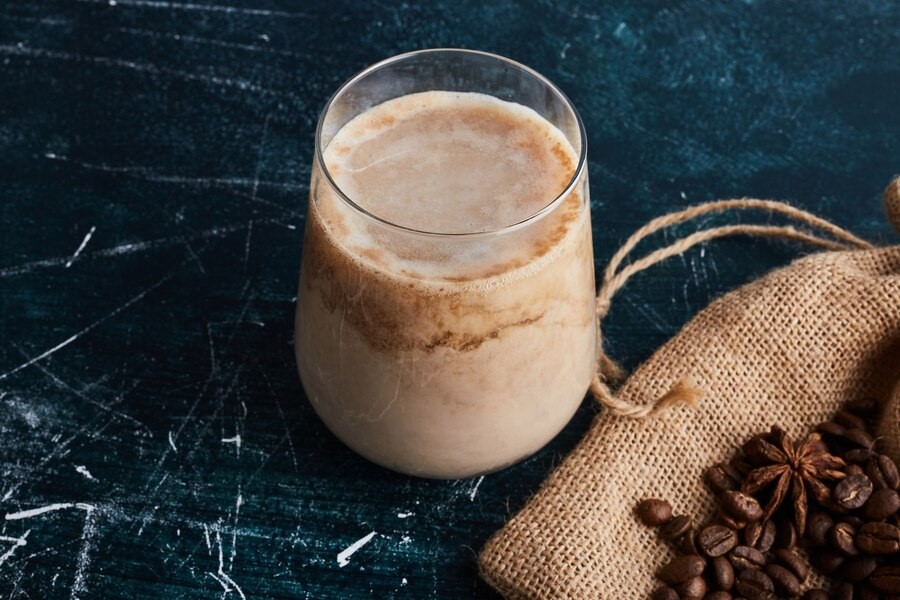Many people may be familiar with Robusta and Arabica coffee, but not Liberica coffee. What is Liberica coffee? This type of coffee is fairly rare but its unique flavor is loved by connoisseurs.
Although, there is not much demand for Liberica Coffee internationally. However, there is still a lot of demand for this coffee among local Indonesians. Let’s get to know this type of coffee that is known to have a unique flavor.
Getting to know Liberica Coffee Types
Liberica coffee plants are characterized by larger leaves than other types of coffee plants. Although not as well known as Arabica and Robusta, this coffee has been widely grown in Indonesia for a long time. In the West Sumatra area, for example, many farmers have started to replant this type of coffee.
Liberica is easy to grow on soil mixed with peat. Its own habitat is more in the lowlands with peat elemental soil. Therefore, this coffee variety is favored by farmers because fertilization is relatively easy, using only goat manure organic fertilizer.
In addition, Liberica is considered to have its own unique and flavorful character, making it highly sought after by fans. One of the most notable is the banana and jackfruit flavor sensations that emerge, making this variety even more appealing.
History of Liberica Coffee
A French botanist, L.J. Lejeune managed to find it in the Liberia area. However, it turns out that in several countries on the African continent the plant is found growing wild. Based on its history, this type of coffee first grew in the countries of Angola, Benin, Cameroon, Central Africa, and so on.
Liberica coffee was first grown in the African continent around the 1870s. Unfortunately, around 1930, its production declined drastically due to pest attacks.
Not only in Africa, this plant eventually spread to Southeast Asia, namely in the Philippines and Indonesia. In the 19th century this type of coffee was brought by the Dutch for trial planting in Indonesia. The result was that the plants thrived because they were suitable for the climate.
The reason the Dutch brought Liberica to Indonesia in the first place was to find a new solution. The Dutch were looking for a replacement for the Arabica variety, which at the time was attacked by leaf rust disease. Although it initially thrived, this effort was less successful in becoming a new solution. To this day, the species is still grown on a limited basis in Africa and Asia, including Indonesia.
The global demand for Liberica coffee commodity is also slightly below its primadonas, namely Arabica Coffee and Robusta Coffee. Demand for Arabica is around 70% and robusta 28%, while only 2% for Liberica and Excelsa types. Liberica production in Indonesia is mostly exported to Malaysia while the rest is enjoyed by the local community.
Characteristics and Advantages of Liberica Coffee
Although not as popular as Arabica and Robusta Coffee, it is famous for its own characteristics and advantages. Its unique flavor is strong and concentrated as well as a sweet and mellow sensation. Plus the aroma is fragrant and full of unique fruity freshness.
The flavor character of this coffee is influenced by the territory where it is grown. In addition, the process after harvesting also gives it its own unique flavor. Some people say Liberica Coffee tastes like banana and jackfruit. Others consider it to be like an herbal drink, with hints of ripe apples and oranges.
This coffee contains higher nutrients and vitamins than other types. The content includes potassium, magnesium, vitamins B3 and B5. Antioxidant compounds and polyphenols in it, can help the body fight invading cancer cells. The caffeine content in it is also fairly low, so it is suitable for those who avoid this content.
Well, that’s an explanation of Liberica coffee, the uniqueness of its taste makes many coffee fans glance at it. Although the type is not as famous as Robusta and Arabica, but many fans still enjoy this type of coffee.
Source:
- Otten Coffee. Get to Know Liberica Coffee Better. Accessed on January 23, 2024. https://ottencoffee.co.id/majalah/mengenal-lebih-dekat-kopi-liberika
- Tem coffee. Liberica Coffee. Accessed on January 23, 2024. https://kopitem.com/tentang-kopi/kopi-liberika/
- Diperpa Badung. Getting to know the Liberika Coffee Plant. Accessed on January 23, 2024. https://diperpa.badungkab.go.id/artikel/18070-mengenal-tanaman-kopi-liberica
- Indonesia Information Portal. Liberika Sendoyan Coffee Typical of West Kalimantan. Accessed January 23, 2024. https://indonesia.go.id/kategori/komoditas/7430/liberika-sendoyan-kopi-khas-kalbar?lang=1









